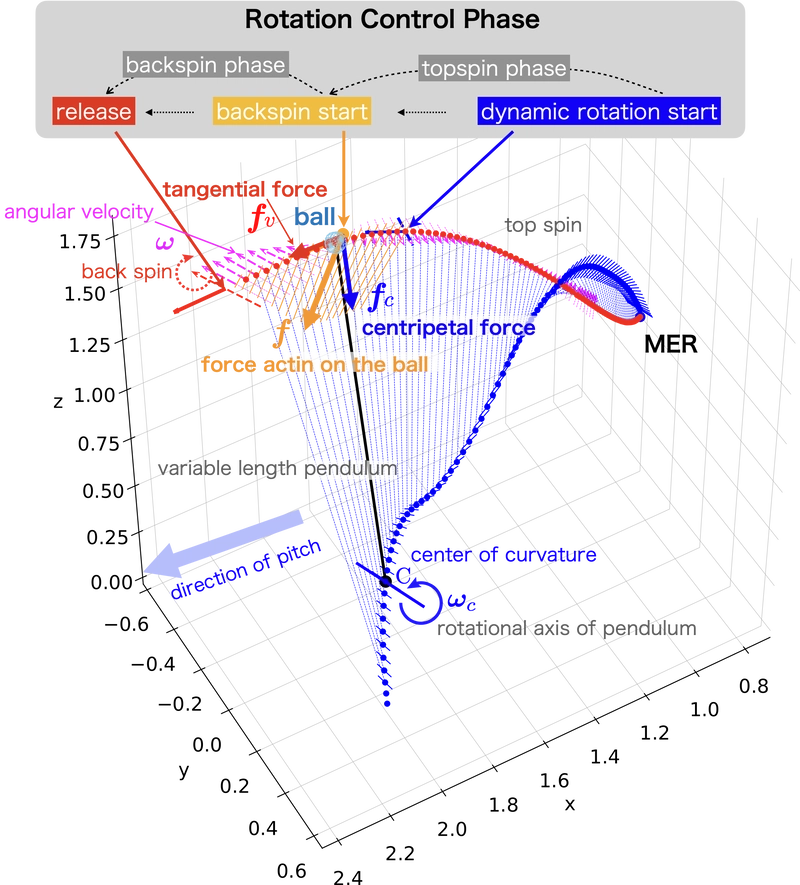How does ChatGPT produce text that sounds natural and human-like?
Understanding How ChatGPT Generates Human-Like Text ChatGPT, developed by OpenAI, is an advanced language model that has significantly impacted the field of natural language processing (NLP). Utilizing deep learning algorithms, it generates human-like text based on the input it receives, making it a powerful tool for chatbots, content creation, and other NLP-based applications. In this post, we’ll dive into how ChatGPT works and how it produces natural, context-aware responses. The Core of ChatGPT At its core, ChatGPT is built on a transformer-based neural network trained on vast amounts of text data. This extensive training enables the model to recognize patterns, relationships between words, and contextual meanings. The transformer architecture allows ChatGPT to generate coherent and contextually relevant text, making it an ideal choice for conversational AI and language-based applications. How ChatGPT Generates Text ChatGPT employs an autoregressive language modeling approach to produce text. Here’s how it works: Encoding Input – When a user provides input, the model converts it into a vector representation. Predicting the Next Word – Based on this encoded input, the model generates a probability distribution over possible next words. Generating Text Iteratively – It selects the most probable next word, updates its internal state, and repeats this process until the desired length of text is generated. One of ChatGPT’s key strengths is its ability to understand and maintain context, allowing it to generate responses that align with the flow of a conversation. This makes it highly effective for chatbots, interactive AI applications, and content generation. Scalability and Fine-Tuning Another notable aspect of ChatGPT is its scalability and adaptability. The model can be fine-tuned for specific tasks or industries by training it on domain-specific datasets. For instance, a version tailored for customer service can be fine-tuned on relevant support queries to enhance accuracy and relevance. This fine-tuning process leverages transfer learning, where the model applies knowledge from its pretraining to smaller, specialized datasets. Real-World Applications ChatGPT has a wide range of real-world applications, including: Content Creation – Writing articles, blog posts, creative fiction, and more. Customer Service – Acting as a virtual assistant or chatbot to handle queries efficiently. Language Translation – Understanding context to provide accurate translations. Education & Tutoring – Assisting students with explanations and problem-solving. Conclusion ChatGPT represents a significant advancement in AI-driven text generation. Its transformer-based architecture, deep learning capabilities, and contextual understanding make it a valuable tool across various industries. Whether in customer service, content creation, or language translation, ChatGPT is reshaping how we interact with AI-powered systems. As technology evolves, its potential applications will continue to expand, making AI-driven communication more seamless and human-like than ever.
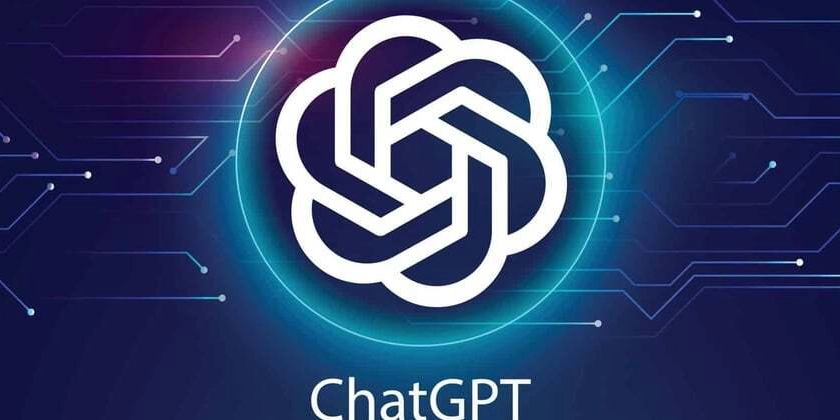
Understanding How ChatGPT Generates Human-Like Text
ChatGPT, developed by OpenAI, is an advanced language model that has significantly impacted the field of natural language processing (NLP). Utilizing deep learning algorithms, it generates human-like text based on the input it receives, making it a powerful tool for chatbots, content creation, and other NLP-based applications. In this post, we’ll dive into how ChatGPT works and how it produces natural, context-aware responses.
The Core of ChatGPT
At its core, ChatGPT is built on a transformer-based neural network trained on vast amounts of text data. This extensive training enables the model to recognize patterns, relationships between words, and contextual meanings. The transformer architecture allows ChatGPT to generate coherent and contextually relevant text, making it an ideal choice for conversational AI and language-based applications.
How ChatGPT Generates Text
ChatGPT employs an autoregressive language modeling approach to produce text. Here’s how it works:
Encoding Input – When a user provides input, the model converts it into a vector representation.
Predicting the Next Word – Based on this encoded input, the model generates a probability distribution over possible next words.
Generating Text Iteratively – It selects the most probable next word, updates its internal state, and repeats this process until the desired length of text is generated.
One of ChatGPT’s key strengths is its ability to understand and maintain context, allowing it to generate responses that align with the flow of a conversation. This makes it highly effective for chatbots, interactive AI applications, and content generation.
Scalability and Fine-Tuning
Another notable aspect of ChatGPT is its scalability and adaptability. The model can be fine-tuned for specific tasks or industries by training it on domain-specific datasets. For instance, a version tailored for customer service can be fine-tuned on relevant support queries to enhance accuracy and relevance. This fine-tuning process leverages transfer learning, where the model applies knowledge from its pretraining to smaller, specialized datasets.
Real-World Applications
ChatGPT has a wide range of real-world applications, including:
Content Creation – Writing articles, blog posts, creative fiction, and more.
Customer Service – Acting as a virtual assistant or chatbot to handle queries efficiently.
Language Translation – Understanding context to provide accurate translations.
Education & Tutoring – Assisting students with explanations and problem-solving.
Conclusion
ChatGPT represents a significant advancement in AI-driven text generation. Its transformer-based architecture, deep learning capabilities, and contextual understanding make it a valuable tool across various industries. Whether in customer service, content creation, or language translation, ChatGPT is reshaping how we interact with AI-powered systems. As technology evolves, its potential applications will continue to expand, making AI-driven communication more seamless and human-like than ever.












































































































































































![[The AI Show Episode 142]: ChatGPT’s New Image Generator, Studio Ghibli Craze and Backlash, Gemini 2.5, OpenAI Academy, 4o Updates, Vibe Marketing & xAI Acquires X](https://www.marketingaiinstitute.com/hubfs/ep%20142%20cover.png)














































































































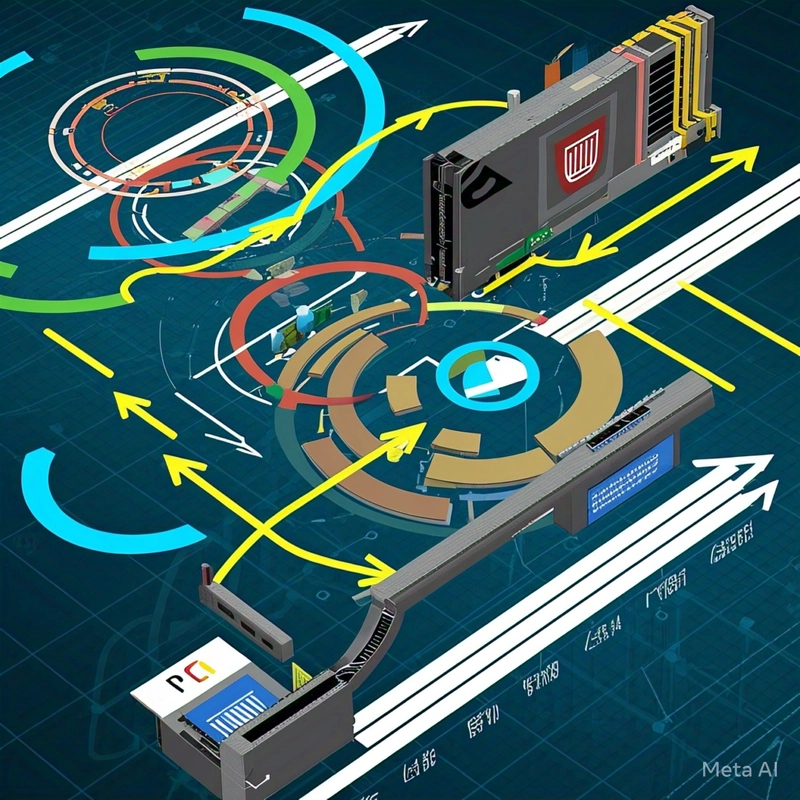
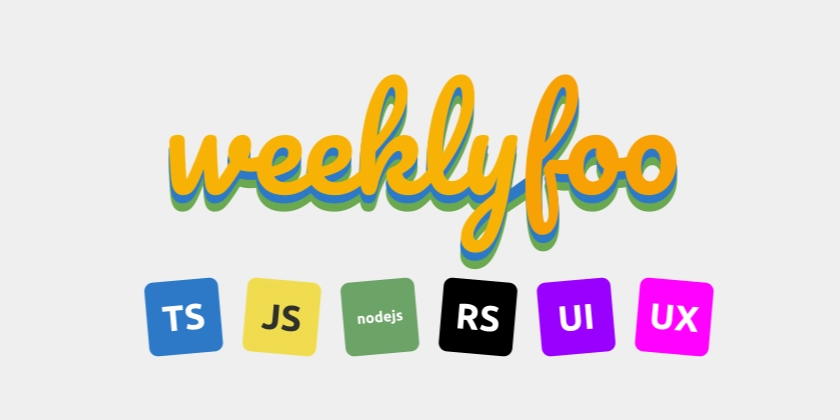

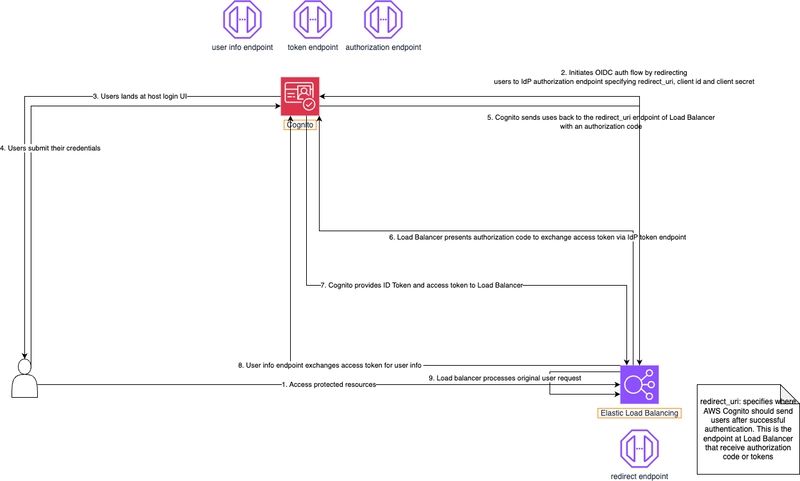









![[DEALS] The Premium Learn to Code Certification Bundle (97% off) & Other Deals Up To 98% Off – Offers End Soon!](https://www.javacodegeeks.com/wp-content/uploads/2012/12/jcg-logo.jpg)


![From drop-out to software architect with Jason Lengstorf [Podcast #167]](https://cdn.hashnode.com/res/hashnode/image/upload/v1743796461357/f3d19cd7-e6f5-4d7c-8bfc-eb974bc8da68.png?#)








































































































.png?#)


































_Christophe_Coat_Alamy.jpg?#)


.webp?#)
 (1).webp?#)



































































































![Apple Considers Delaying Smart Home Hub Until 2026 [Gurman]](https://www.iclarified.com/images/news/96946/96946/96946-640.jpg)
![iPhone 17 Pro Won't Feature Two-Toned Back [Gurman]](https://www.iclarified.com/images/news/96944/96944/96944-640.jpg)
![Tariffs Threaten Apple's $999 iPhone Price Point in the U.S. [Gurman]](https://www.iclarified.com/images/news/96943/96943/96943-640.jpg)




































































































































